Back Pain Therapy
Learning Center
The latest back pain research.
Useful videos from our back pain specialists.
Articles worth sharing.
Helpful Videos
Brief videos that provide a lasting effect courtesy of our back pain specialists
Worth Sharing
These quick (<10 min) reads are worth a look,
a like and potentially a share or two as well
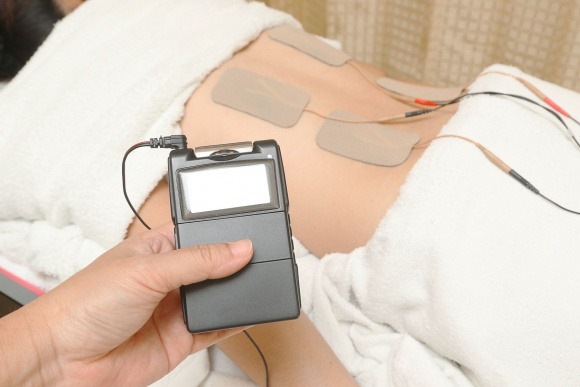
Physical Therapy for Herniated Discs
Physical therapy often plays a major role in herniated disc recovery. Its methods not only offer immediate pain relief, but they also teach you how to condition your body to prevent further injury.
Reviewed by Jason M. Highsmith, MD
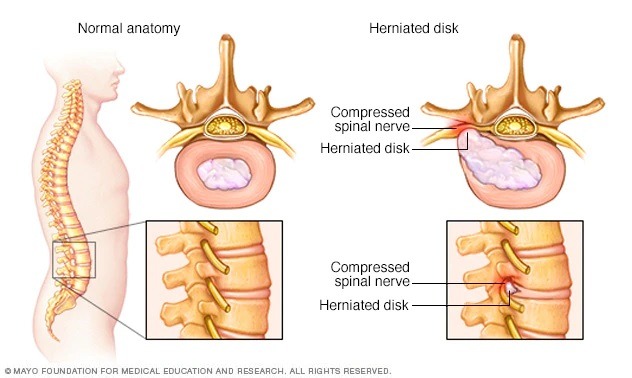
Herniated disk
A herniated disk refers to a problem with one of the rubbery cushions (disks) that sit between the individual bones (vertebrae) that stack to make your spine.
A spinal disk has a soft, jellylike center (nucleus) encased in a tougher, rubbery exterior (annulus). Sometimes called a slipped disk or a ruptured disk, a herniated disk occurs when some of the nucleus pushes out through a tear in the annulus.
By Mayo Clinic Staff
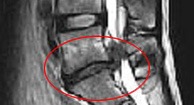
What causes slipped discs?
A slipped disc occurs when the outer ring becomes weak or torn and allows the inner portion to slip out. This can happen with age. Certain motions may also cause a slipped disc. A disc can slip out of place while you are twisting or turning to lift an object. Lifting a very large, heavy object can place great strain on the lower back, resulting in a slipped disc. If you have a very physically demanding job that requires a lot of lifting, you may be at increased risk for slipped discs.

Herniated Disk Diagnosis
Back pain can sneak up on you when you least expect it. One minute you’re sitting comfortably in front of the TV, and the next you try to stand up, and — ouch! — a sharp pain radiates through your lower back.
Could you have a slipped or herniated disk? You might.

Physical Therapy Guide to Herniated Disk
A herniated disc occurs when the cushion-like cartilage (the disc) between the bones of the spine is torn, and the gelatin-like core of the disc leaks. Often mistakenly called a slipped disc, a herniated disc can be caused by sudden trauma or by long-term pressure on the spine. This condition most often affects people aged 30 to 50 years; men are twice as likely to be diagnosed as women. Repeated lifting, participating in weight-bearing sports, obesity, smoking, and poor posture are all risk factors for a herniated disc…
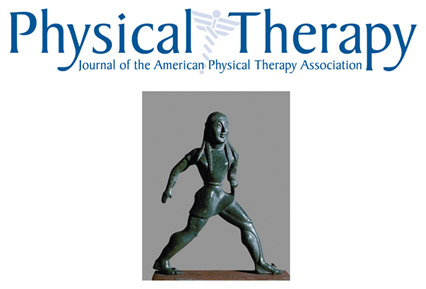
Treatment-Based Classification System for Low Back Pain: Revision and Update
The treatment-based classification (TBC) system for the treatment of patients with low back pain (LBP) has been in use by clinicians since 1995. This perspective article describes how the TBC was updated by maintaining its strengths, addressing its limitations, and incorporating recent research developments. The current update of the TBC has 2 levels of triage: (1) the level of the first-contact health care provider and (2) the level of the rehabilitation provider. agement.
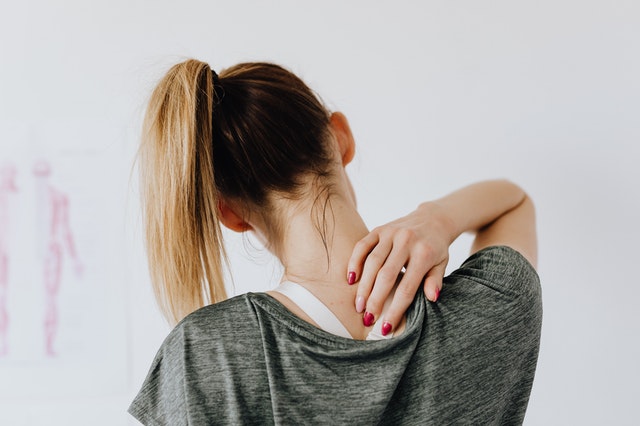
Treatment Based Classification Approach to Low Back Pain
Treatment-based classification (TBC) approach to low back pain describes the model whereby the clinician makes treatment decisions based on the patient’s clinical presentation[1]. The primary purpose of the TBC approach is to identify features at baseline that predict responsiveness to four different treatment strategies. This approach has been validated[2][3][4][5] and is used widely in the USA.

Mechanisms of low back pain: a guide for diagnosis and therapy
F1000 Faculty Reviews are commissioned from members of the prestigious F1000 Faculty and are edited as a service to readers. In order to make these reviews as comprehensive and accessible as possible, the referees provide input before publication and only the final, revised version is published.

Predictors of dysfunction and health-related quality of life in the flexion pattern subgroup of patients with chronic lower back pain
Findings about predictors of chronic lower-back pain (CLBP) were inconsistent and inconclusive in previous studies because patients with CLBP are heterogeneous. Subgrouping patients with CLBP, according to a CLBP classification system, might thus clarify the research findings. CLBP in the direction of lumbar flexion movement, that is, the flexion pattern, is common in clinical situations.